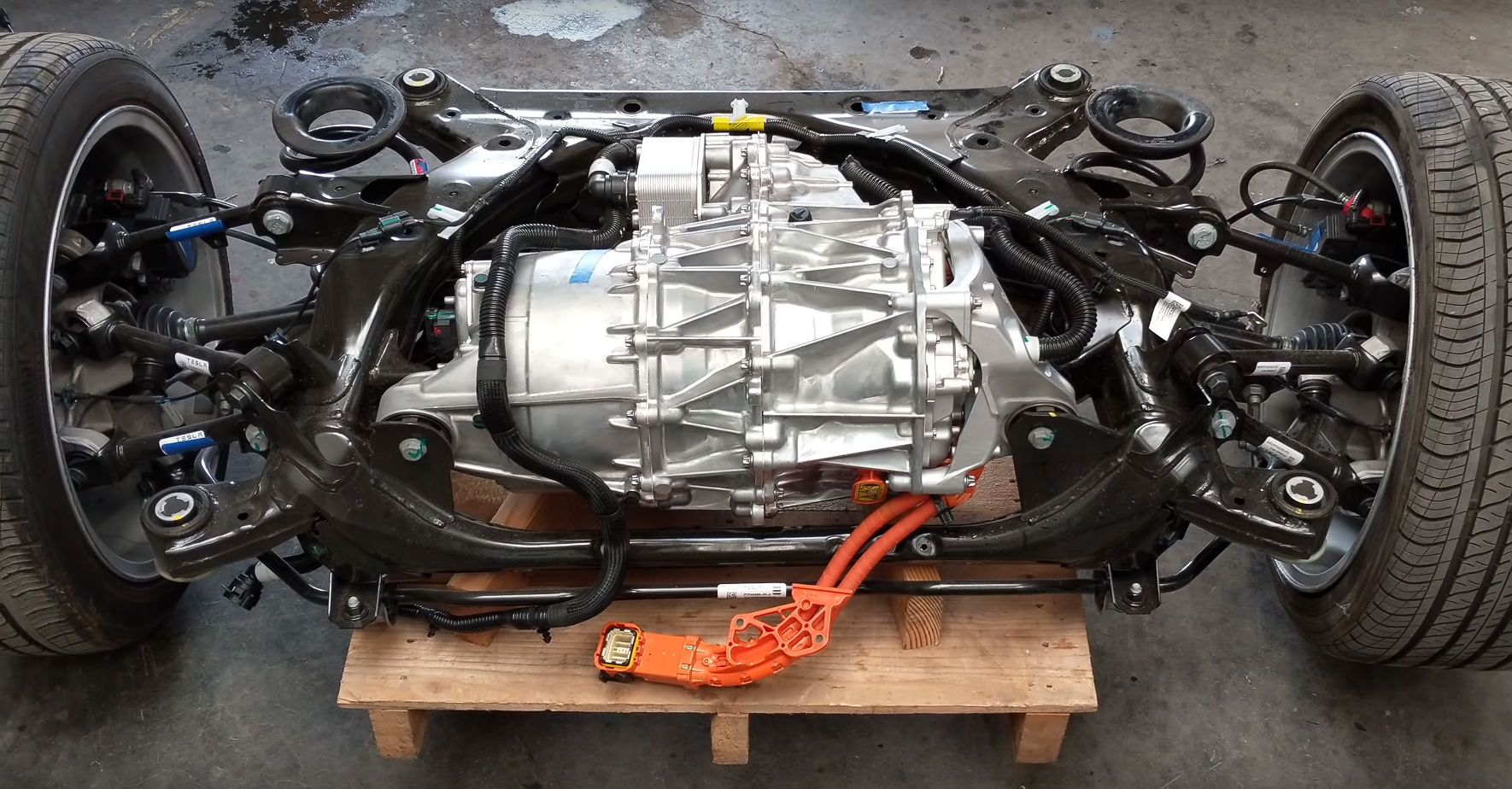
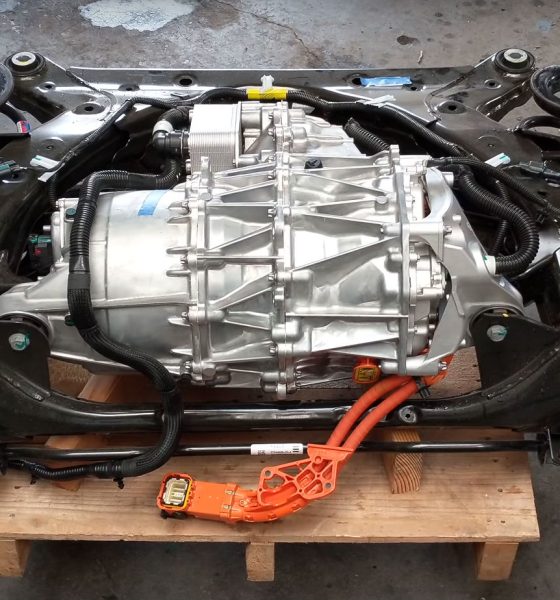
News
Tesla’s ‘rotor geometry’ patent hints at more efficient electric motors
Tesla has invented a technique for increasing its all-electric vehicles’ power and torque by simply adjusting the shape of some of its electric motor’s components.
A recently published US patent application titled “Geometry of Rotor End Ring and Stator End Turns” describes how Tesla accomplishes this. According to the application, certain internal parts of an electric motor can be modified to reduce power losses from leaks in the magnetic field that effectively make the motor smaller.
The primary components of electric motors – the rotor and the stator – together generate the motion used to operate a vehicle. Simply, a magnetic field produced by electricity running through copper wires in the stator cause the magnetized bars of the rotor to spin. However, when the motor is operating at high speed, some of the electromagnetic force is lost, reducing the motor’s power.

Tesla has identified two places where this loss can be reduced – the end parts of the stator and rotor. The copper wiring in these parts is wrapped around cutout shapes, and after some testing, Tesla’s engineers learned that different shapes give different results. Per the application, “geometries for rotor end ring and stator end turns can be chosen in a way that improves performance or other characteristics of the motor.”
Overall, electric current flow becomes concentrated in different spots on the motor depending on the ‘geometry’ of these parts, thus an opportunity to limit any losses has presented itself by controlling where the concentrations happen. Tesla has filed this application to protect the process (‘method’) of building a motor with the geometry knowledge made part of the design and testing.
The process is described in the application’s Abstract as follows:
“A method of making an AC induction motor includes: providing a rotor and a stator for the AC induction motor; determining, for different geometries of an end ring of the rotor, a location of a first centroid of current density in the end ring; determining, for end turns of the stator, a location of a second centroid of current density in the end turns; selecting a geometry for at least the endring of the rotor so that an axial distance between the first centroid of current density and the second centroid of current density is minimized; and assembling the AC induction motor, wherein the end turns and the end ring have the selected geometries.”

Although the publication was only recently available to the public, this application is related to another patent that was filed in 2015, meaning that Tesla is likely already implementing the findings and invention into their manufacturing process. This is rather unsurprising considering the company’s tendency to constantly improve its vehicles’ components as soon as the upgrades are available. Elon Musk himself has mentioned this on Twitter, stating that Tesla’s electric cars are “partially upgraded every month as soon as a new subsystem is ready for production.” This was also highlighted by President of Automotive Jerome Guillen last December, when he highlighted that the designs of Tesla’s batteries are always evolving.
Automotive teardown expert Sandy Munro concluded following a thorough analysis of an early-production Model 3 that the vehicle’s electric motors are among the best in the industry today. In an appearance at YouTube’s Autoline TV, Munro noted that the Model 3’s electric motors are more efficient and more cost-effective than the motors found in the Chevy Bolt EV and the BMW i3. “They’ve got magic. The electric motor is smaller and lighter than everybody else, but outperforms everybody,” Munro said.
The full text of Tesla’s “Geometry of Rotor End Ring and Stator End Turns” patent can be accessed here.

News
Tesla Model Y L is gaining momentum in China’s premium segment
This suggests that the addition of the Model Y L to Tesla China’s lineup will not result in a case of cannibalization, but a possible case of “premiumization” instead.
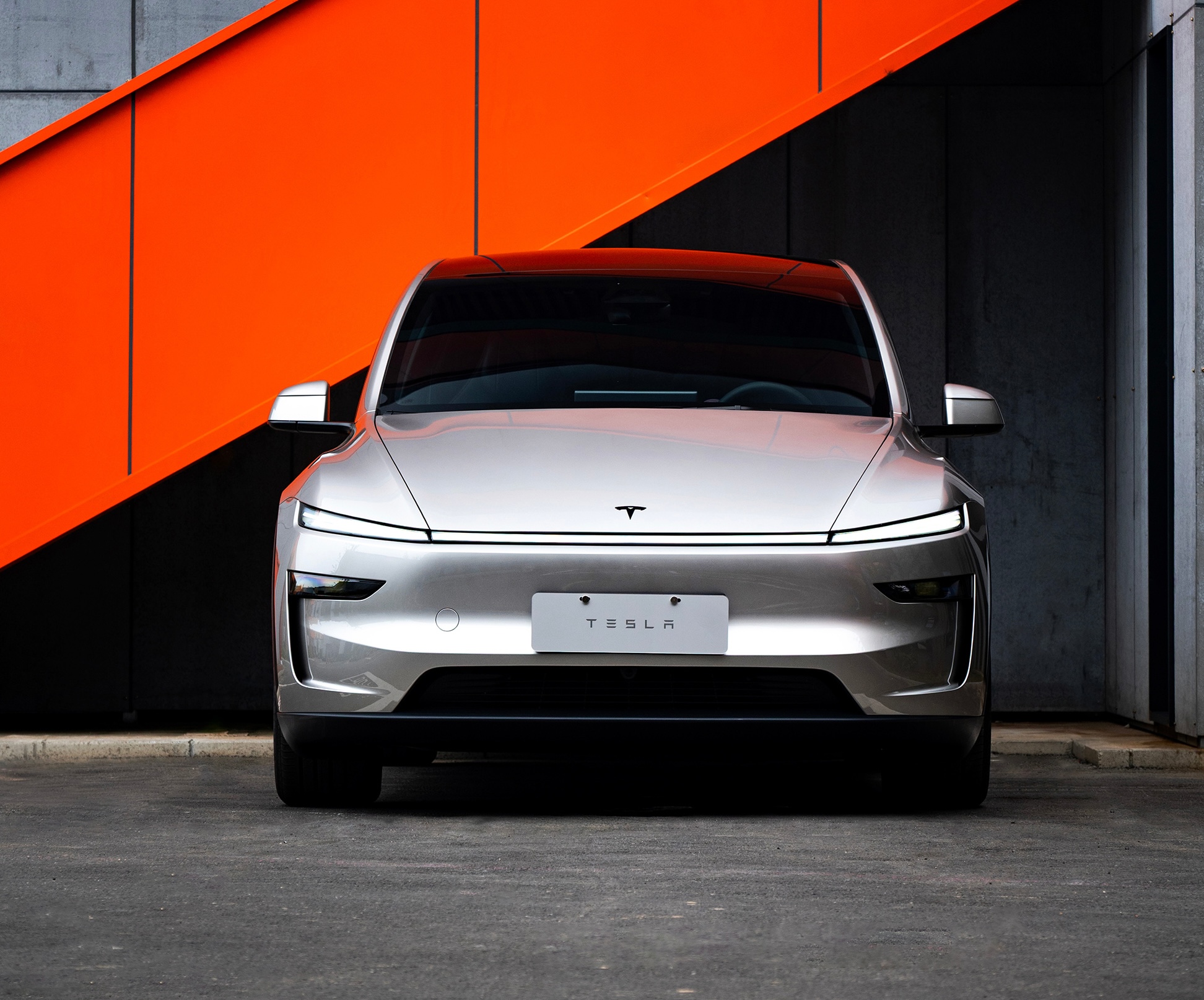
Tesla’s domestic sales in China held steady in November with around 73,000 units delivered, but a closer look at the Model Y L’s numbers hints at an emerging shift towards pricier variants that could very well be boosting average selling prices and margins.
This suggests that the addition of the Model Y L to Tesla China’s lineup will not result in a case of cannibalization, but a possible case of “premiumization” instead.
Tesla China’s November domestic numbers
Data from the a Passenger Car Association (CPCA) indicated that Tesla China saw domestic deliveries of about 73,000 vehicles in November 2025. This number included 34,000 standard Model Y units, 26,000 Model 3 units, and 13,000 Model Y L units, as per industry watchers.
This means that the Model Y L accounted for roughly 27% of Tesla China’s total Model Y sales, despite the variant carrying a ~28% premium over the base RWD Model Y that is estimated to have dominated last year’s mix.
As per industry watcher @TSLAFanMtl, this suggests that Tesla China’s sales have moved towards more premium variants this year. Thus, direct year-over-year sales comparisons might miss the bigger picture. This is true even for the regular Model Y, as another premium trim, the Long Range RWD variant, was also added to the lineup this 2025.
November 2025 momentum
While Tesla China’s overall sales this year have seen challenges, the Model Y and Model 3 have remained strong sellers in the country. This is especially impressive as the Model Y and Model 3 are premium-priced vehicles, and they compete in the world’s most competitive electric vehicle market. Tesla China is also yet to roll out the latest capabilities of FSD in China, which means that its vehicles in the country could not tap into their latest capabilities yet.
Aggregated results from November suggest that the Tesla Model Y took the crown as China’s #1 best-selling SUV during the month, with roughly 34,000 deliveries. With the Model Y L, this number is even higher. The Tesla Model 3 also had a stellar month, seeing 25,700 deliveries during November 2025.
Cybertruck
Tesla Cybertruck earns IIHS Top Safety Pick+ award
To commemorate the accolade, the official Cybertruck account celebrated the milestone on X.

The Tesla Cybertruck has achieved the Insurance Institute for Highway Safety’s (IIHS) highest honor, earning a Top Safety Pick+ rating for 2025 models built after April 2025.
The full-size electric pickup truck’s safety rating is partly due to the vehicle’s strong performance in updated crash tests, superior front crash prevention, and effective headlights, among other factors. To commemorate the accolade, the official Cybertruck account celebrated the milestone on X.
Cybertruck’s IIHS rating
As per the IIHS, beginning with 2025 Cybertruck models built after April 2025, changes were made to the front underbody structure and footwell to improve occupant safety in driver-side and passenger-side small overlap front crashes. The moderate overlap front test earned a good rating, and the updated side impact test also received stellar marks.
The Cybertruck’s front crash prevention earned a good rating in pedestrian scenarios, with the standard Collision Avoidance Assist avoiding collisions in day and night tests across child, adult crossing, and parallel paths. Headlights with high-beam assist compensated for limitations, contributing to the top award.
Safest and most autonomous pickup
The Cybertruck is one of only two full-size pickups to receive the IIHS’ Top Safety Pick + rating. It is also the only one equipped with advanced self-driving features via Tesla’s Full Self-Driving (Supervised) system. Thanks to FSD, the Cybertruck can navigate inner city streets and highways on its own with minimal supervision, adding a layer of safety beyond passive crash protection.
Community reactions poured in, with users praising the vehicle’s safety rating amidst skepticism from critics. Tesla itself highlighted this by starting its X post with a short clip of a Cybertruck critic who predicted that the vehicle will likely not pass safety tests. The only question now is, of course, if the vehicle’s Top Safety Pick+ rating from the IIHS will help the Cybertruck improve its sales.
News
Tesla stands to gain from Ford’s decision to ditch large EVs
Tesla is perhaps the biggest beneficiary of Ford’s decision, especially as it will no longer have to deal with the sole pure EV pickup that outsold it from time to time: the F-150 Lightning.
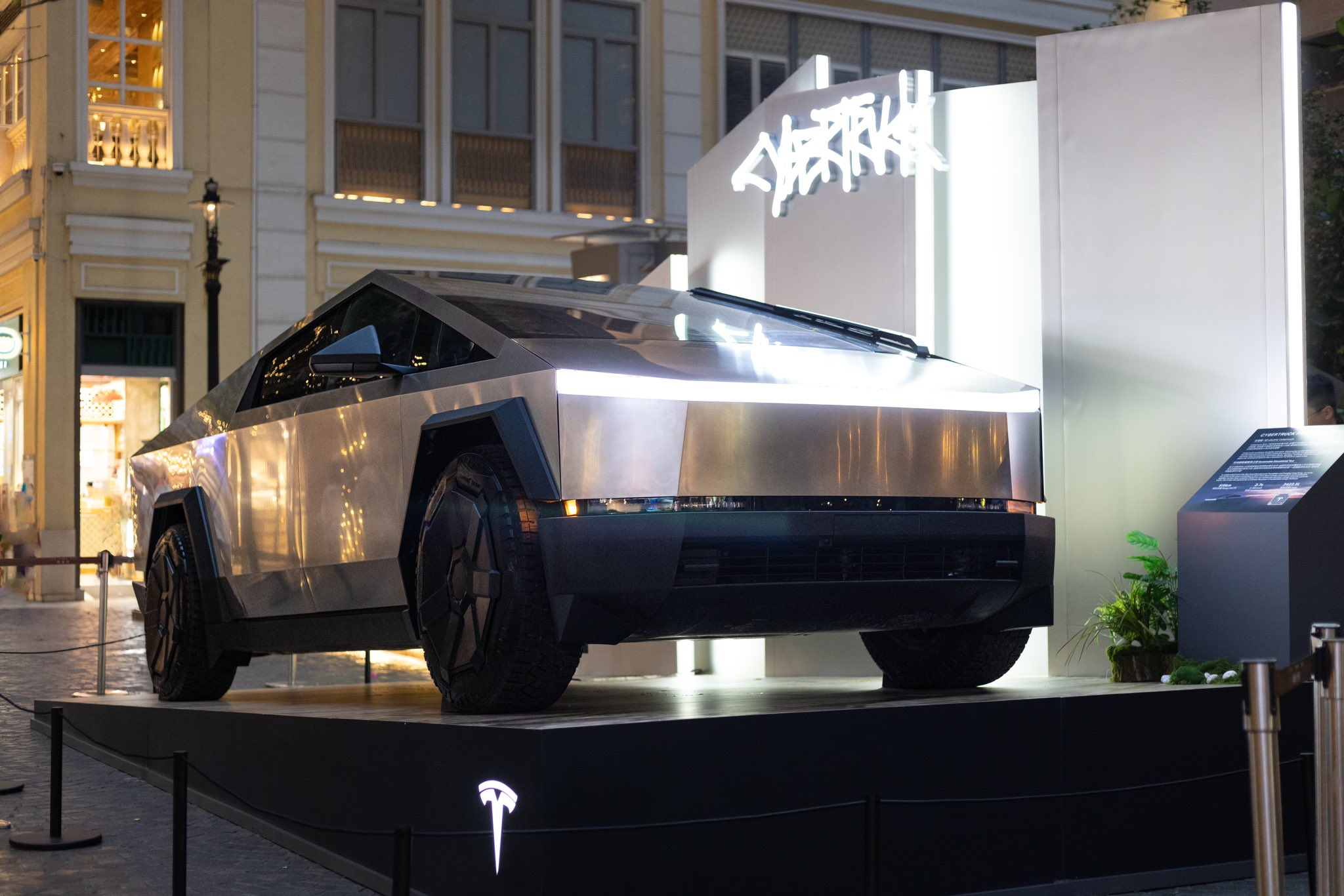
Ford’s recent decision to abandon production of the all-electric Ford F-150 Lightning after the 2025 model year should yield some advantages for Tesla.
The Detroit-based automaker’s pivot away from large EVs and toward hybrids and extended-range EVs that come with a gas generator is proof that sustainable powertrains are easy on paper, but hard in reality.
Tesla is perhaps the biggest beneficiary of Ford’s decision, especially as it will no longer have to deal with the sole pure EV pickup that outsold it from time to time: the F-150 Lightning.
Here’s why:
Reduced Competition in the Electric Pickup Segment
The F-150 Lightning was the Tesla Cybertruck’s primary and direct rival in the full-size electric pickup market in the United States. With Ford’s decision to end pure EV production of its best-selling truck’s electric version and shifting to hybrids/EREVs, the Cybertruck faces significantly less competition.
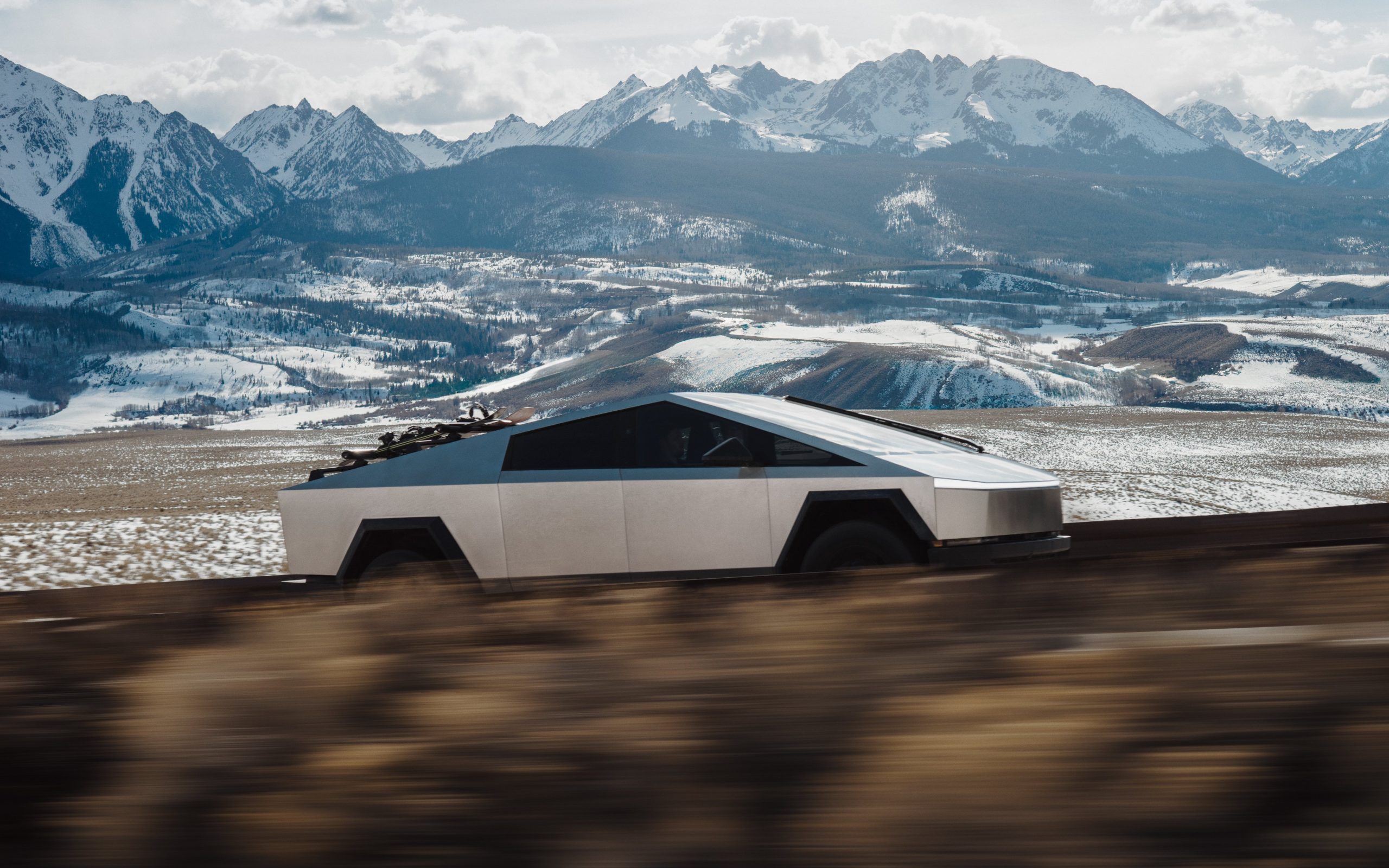
Credit: Tesla
This could drive more fleet and retail buyers toward the Cybertruck, especially those committed to fully electric vehicles without a gas generator backup.
Strengthened Market Leadership and Brand Perception in Pure EVs
Ford’s pullback from large EVs–citing unprofitability and lack of demand for EVs of that size–highlights the challenges legacy automakers face in scaling profitable battery-electric vehicles.
Tesla, as the established leader with efficient production and vertical integration, benefits from reinforced perception as the most viable and committed pure EV manufacturer.
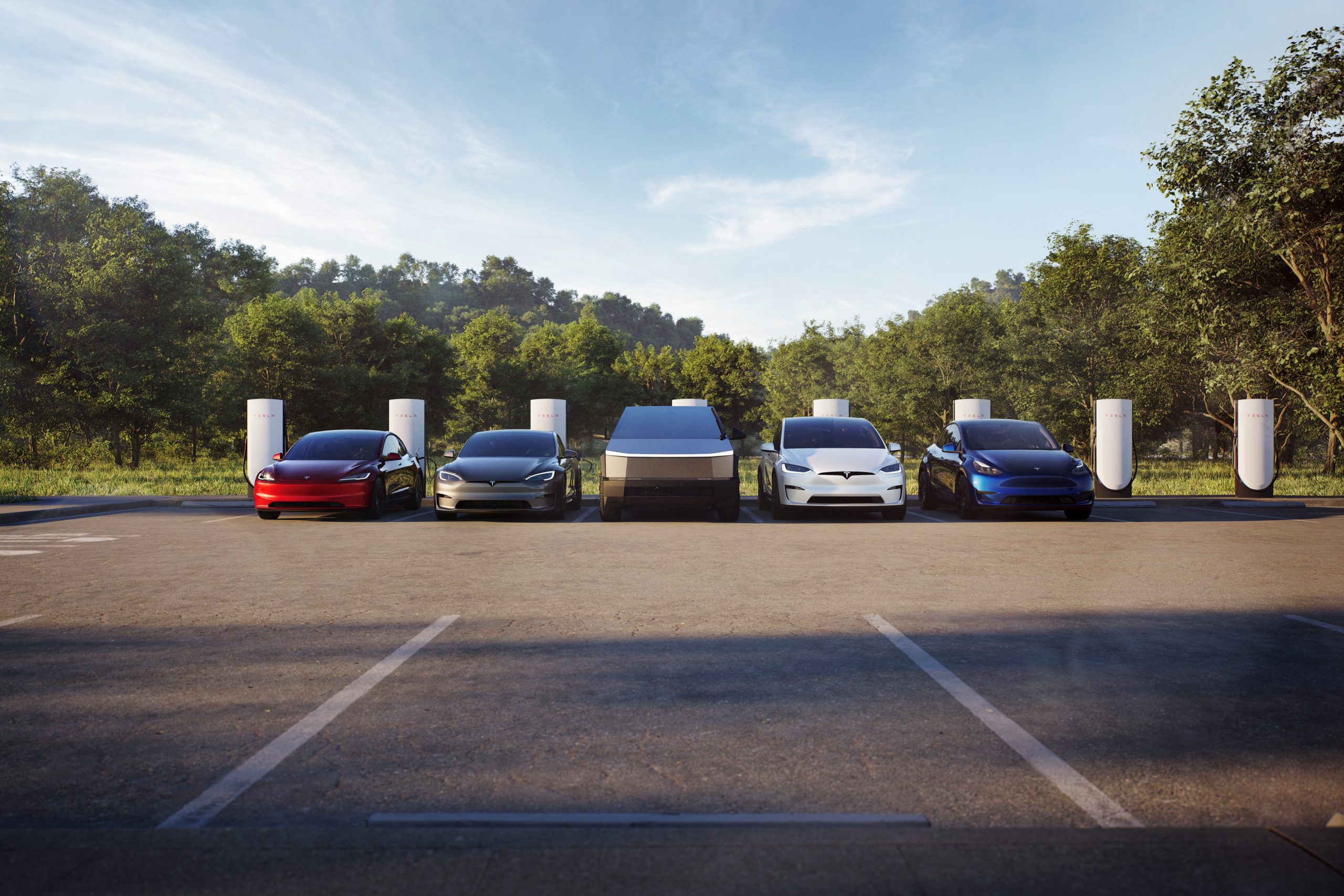
Credit: Tesla
This can boost consumer confidence in Tesla’s long-term ecosystem over competitors retreating to hybrids. With Ford making this move, it is totally reasonable that some car buyers could be reluctant to buy from other legacy automakers.
Profitability is a key reason companies build cars; they’re businesses, and they’re there to make money.
However, Ford’s new strategy could plant a seed in the head of some who plan to buy from companies like General Motors, Stellantis, or others, who could have second thoughts. With this backtrack in EVs, other things, like less education on these specific vehicles to technicians, could make repairs more costly and tougher to schedule.
Potential Increases in Market Share for Large EVs
Interestingly, this could play right into the hands of Tesla fans who have been asking for the company to make a larger EV, specifically a full-size SUV.
Customers seeking large, high-capability electric trucks or SUVs could now look to Tesla for its Cybertruck or potentially a future vehicle release, which the company has hinted at on several occasions this year.
With Ford reallocating resources away from large pure EVs and taking a $19.5 billion charge, Tesla stands to capture a larger slice of the remaining demand in this segment without a major U.S. competitor aggressively pursuing it.








